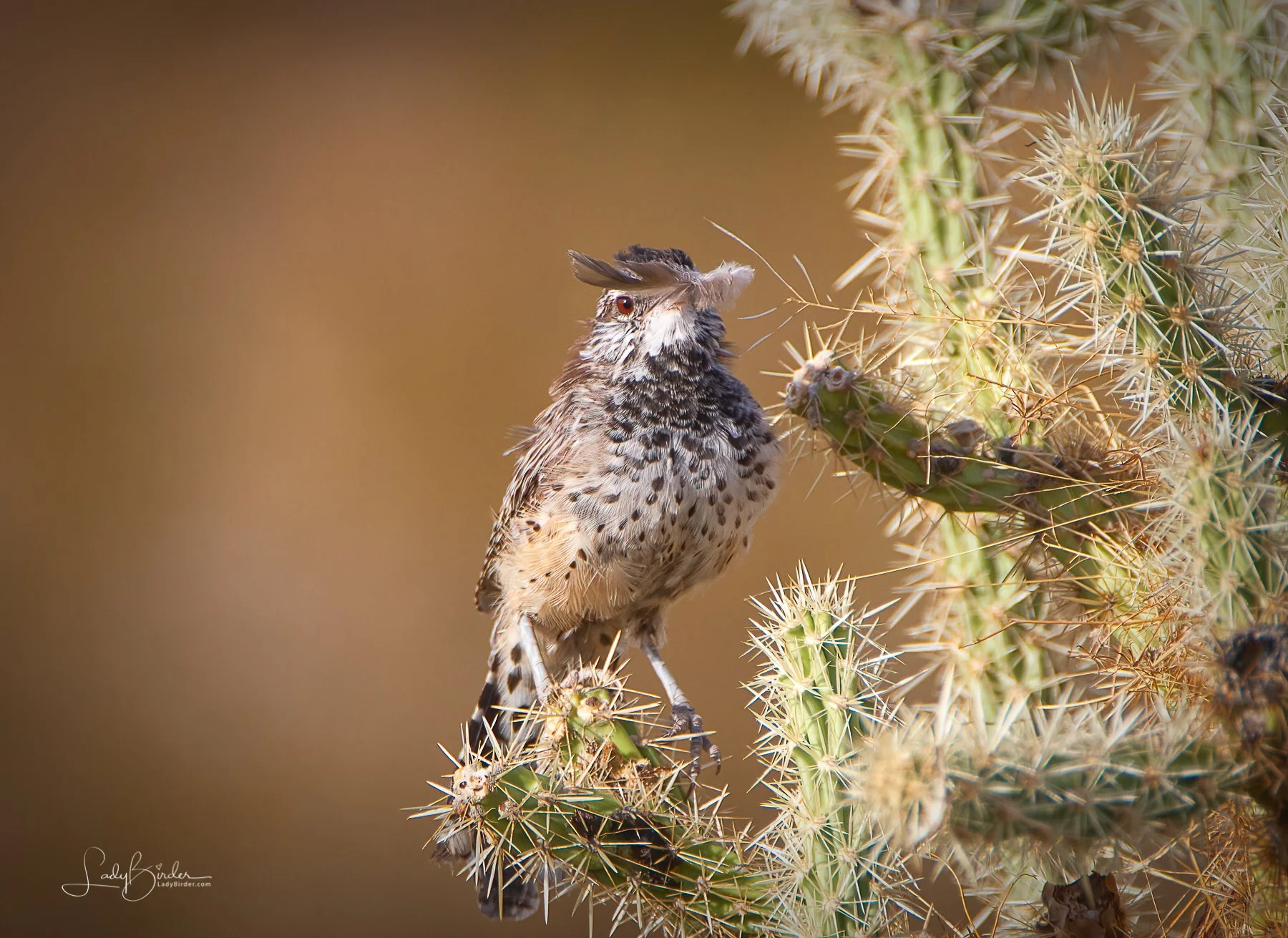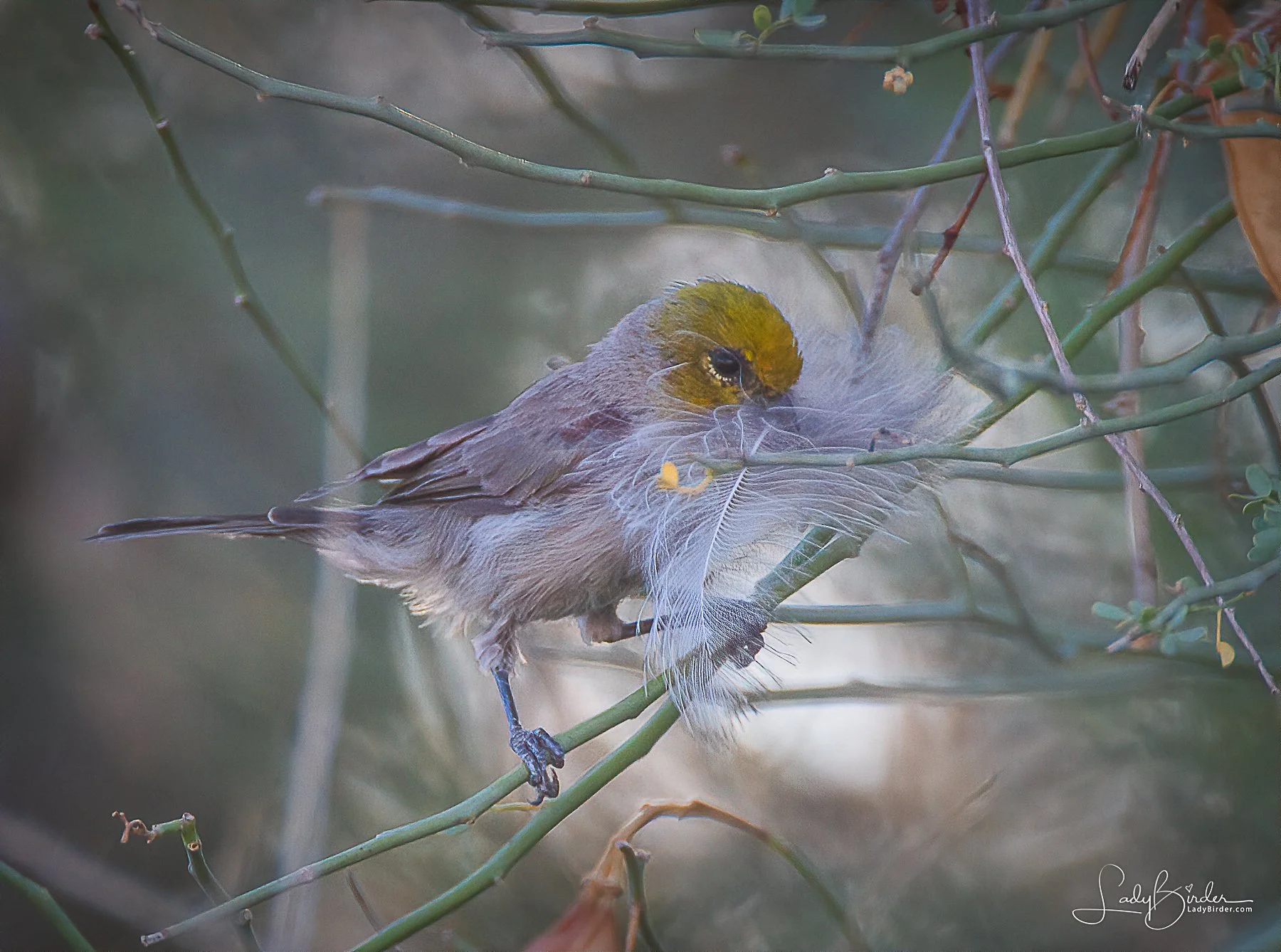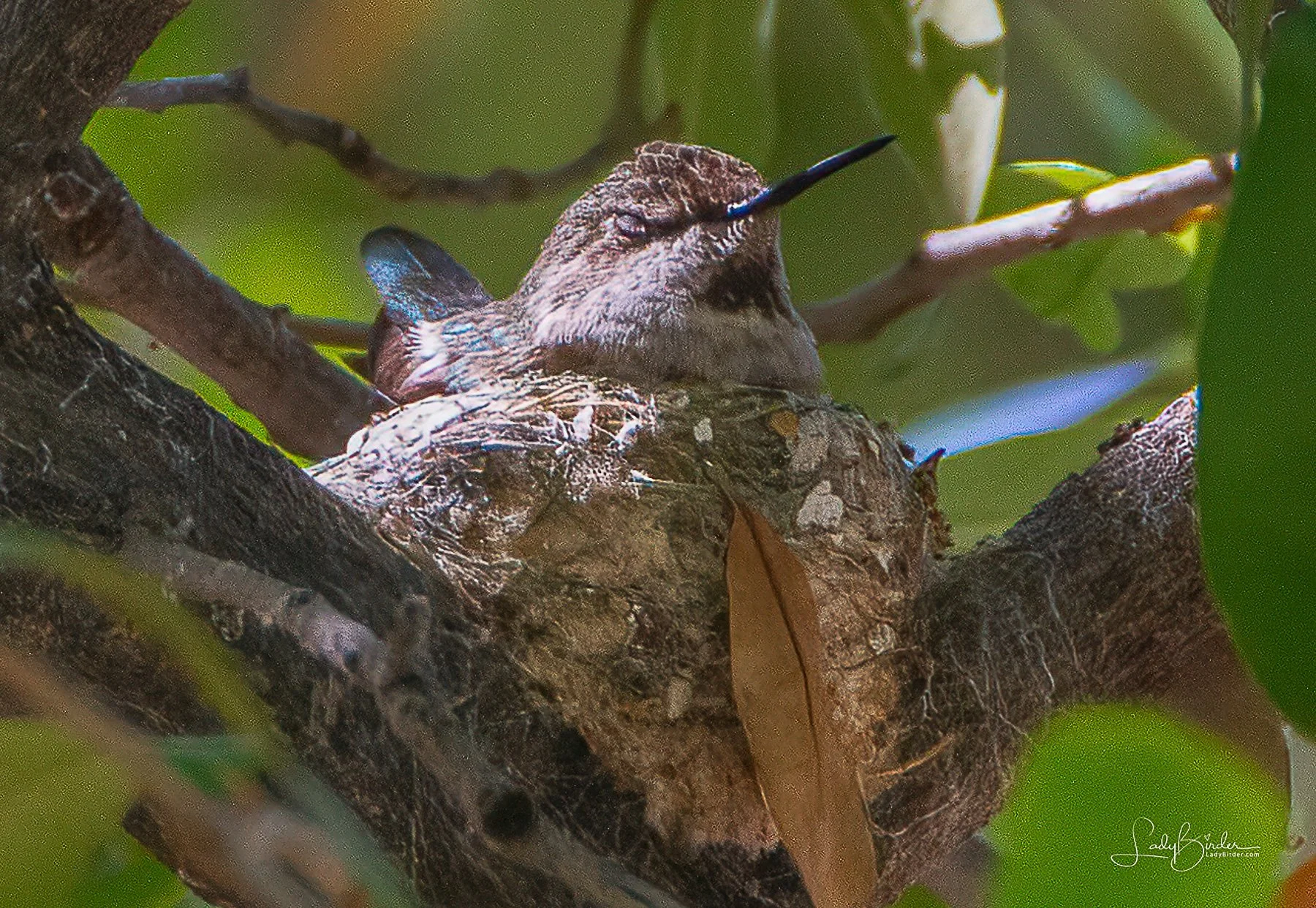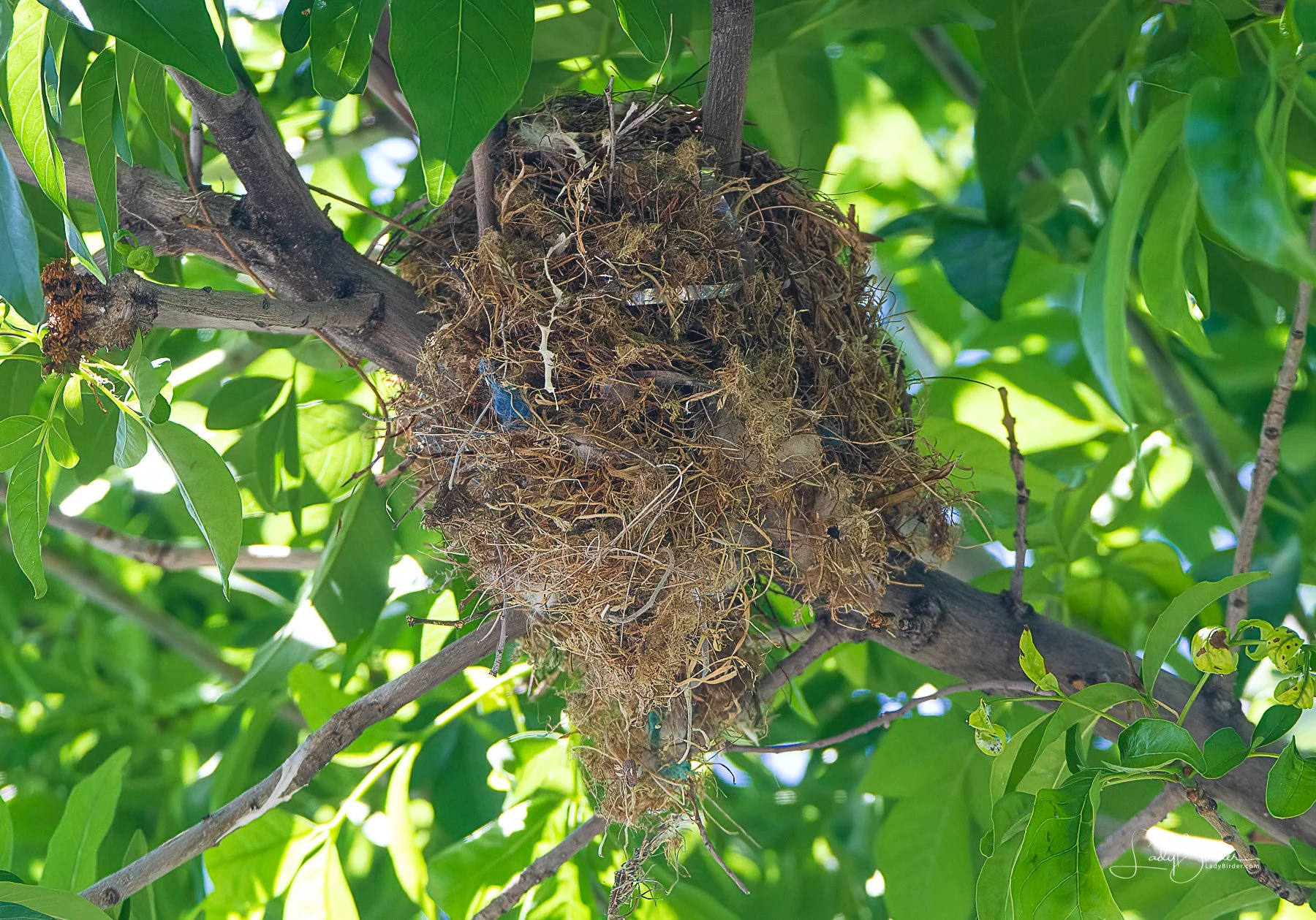To Each Their Own Nest
June 15, 2020
More than 700 types of birds breed in North America, and how they build nests, lay eggs and raise their young is as diverse and complex as the birds themselves. In my little corner of the world, I've observed and photographed the nesting cycle of several year-round residents and birds that winter here to breed and raise their young before continuing on their migratory journey.
TERRITORY SELECTION. Long before nestlings arrive, birds will have selected a breeding area that provides reliable food sources and protection from predators. Non-migratory species, such as the Cactus Wren or Gila Woodpecker, may keep the same territory through the winter or create a new one in the spring. Migrating birds begin searching for and defending their space when they arrive in the spring.
NEST BUILDING. Once a mated pair have claimed their territory, building a nest begins in earnest. Most birds construct nests from natural materials, such as leaves, mud, grass and fur; others may add human-made items, such as plastic, paper, yarn and string. Females typically build nests, but sometimes both parents work on the nest, or males may create one independently. Whatever form it takes, birds build their nests to provide a safe place for eggs and young birds to develop, and the variety of nests is highly diverse, although each species has a characteristic style.
Arizona's native Cactus Wren builds a large football-shaped nest with a tunnel-like entrance. The female initiates nest building, but after she picks the spot, the male pitches in to help. Maybe that's because they typically build two nests – one for their young and one for roosting. The nests are 3–10 feet above the ground in a cholla, palo verde, acacia mesquite or other desert vegetation surrounded by a natural security system of spiky thorns.
VERDIN. Like the Cactus Wren, Verdins build two nests – one for breeding and a smaller one nearby for roosting. The outer stick shell is an intricately woven ball of thorny twigs, feathers and plant matter built mainly by the male. Inside the sphere is a small cavity that the female lines with spiderwebs, grasses, feathers and plant fibers. The entrance to the nest is about one inch in diameter, usually on the sphere's bottom or side.
ANNA'S HUMMINGBIRD. The female Anna's Hummingbird builds her thimble-sized nest without her mate's help. She uses spiderwebs to make a small cup, adding bits of bark, leaves or lichen to hide it from predators. The silky web's elasticity stretches the nest as the chicks grow, keeping them snug and secure. Spotting a hummingbird's nest can be challenging unless you see her fly into it.
AMERICAN ROBIN. Usually, a handful of American Robins overwinter in Verrado, attracted to the community's tall trees shading lush lawns. The female builds her nest from the inside out, pressing dead grass and twigs into a cup shape using one wing's wrist. She's very creative with materials for her nest, using paper, feathers, bits of yarn and string and even strips of plastic mylar in addition to grass and twigs. Once she forms the cup, she reinforces her nest using soft mud to make a heavy, sturdy nest and lines the nest with fine dry grass. She will raise two to three more broods in the same nest.
COOPER'S HAWK. One year, a young Cooper's Hawk pair built their first nest in a tree in my neighborhood. These hawks are monogamous; many mate for life, breeding once a year and raising only one brood per breeding season. The male builds messy piles of sticks with a cup-shaped depression in the middle lined with bark and twigs with only a little help from his mate. She does most of the incubating while the male provides food. Parents care for their young together, and the fledglings leave the nest about a month after learning to fly. The parents feed the chicks until they know how to feed themselves in about eight weeks. Even though I visited the nest nearly every day, I never saw any chicks, and one day the hawks were gone.
BORROWED NESTS. Some birds, incapable of building or excavating their own nest, use an old existing nest or hole. House Sparrows and European Starlings nest in old woodpecker holes, natural tree hollows and crevices in buildings and other human-built structures. The American Kestrel male will search for possible nest cavities, and when he's found suitable candidates, he shows them to his mate, who makes the final choice. Mourning Doves tend to be lazy and choose a less labor-intensive way to make a nest, like a hollowed-out hole in a saguaro or a loose pile of twigs on a thick tree branch. Western Screech-Owls also use the saguaro as nesting roosts and will sit at the entrance enjoying the morning sun.
BIRDS THAT DON'T BUILD NESTS. Brood parasites, such as this male Bronzed Cowbird, don't build nests but instead lay their eggs in other birds' nests. Many birds can recognize eggs they didn't lay and reject them. But sometimes, the intruder birds will grow up with foster siblings of an entirely different species, competing with them for food, which can harm their adopted siblings.
These are just a few bird nests I have observed on my walks around Verrado this spring. It's easy to see that there is as wide a variety of nests as there are species, and while different nests share characteristic styles, each one is unique. It's like driving through a neighborhood of tract homes where each house looks nearly identical, but the inside reflects the inhabitant's personality.











